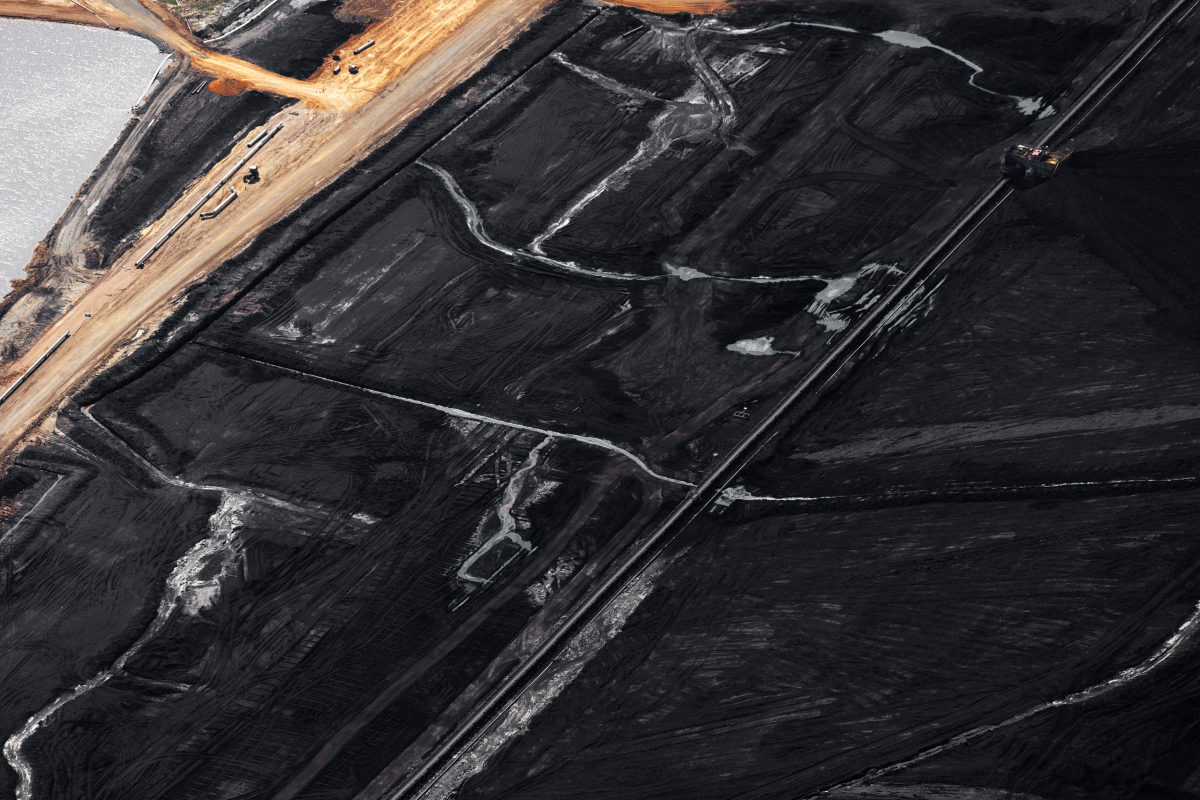"I want to show how we use our power, what’s fair, and what’s not". - Tim Allen
When he was a little boy, photographer Tim Allen could be best described as the male version of Dora the Explorer. Always interested in life outside of the school playground, Tim’s young mind wandered far away and wondered about the secrets of the world beyond.
But, as Tim explains, when you are a kid it’s hard to put the bigger things into perspective: “Once you grow older you can sort of see further into the horizon, metaphorically speaking. As you grow you can experience more, you can imagine more, if you want to.”
It’s not surprising that Tim is a professional aerial photographer, living in Melbourne for most of his life. When the weather is good, he roams the skies of Melbourne where he lives to literally capture the bigger picture.
“Most aerial photography is really wide shot, showing a lot of land. My shots are still wide but quite detailed and close up at the same time.”
Besides working for clients, he loves going out there to shoot his own personal projects. A recent series, Moving, explores the impact the industrial industry has on Melbourne and its surroundings.
“I’m always trying to communicate a certain message about the industrial age. I know that we are more in the information age, but with more and more resources that we need, we don’t realize what goes on in the background. We take a lot of things for granted.”
“You really don’t see that on a small scale when you’re on the ground looking close up at things. But when you are up in the air it gives you that completely different perspective of how much impact this has. Especially in the city that I live in, how much impact it has put on the landscape.”
Moving depicts the life cycle of coal: how it is used to generate energy and from there how we build roads and houses and eventually how the inhabitants of these houses generate trash, which then leads back to a new cycle of producing energy.
Tim was so kind to walk us through this story by explaining each image in the series.
The first photo depicts a coalmine in Victoria State. “At first, you can’t really work out what you’re looking at, but then you get the context of the machines up on the hill and that gives you the scale all of a sudden – you are sort of pulled into the foreground.”
“Although the first two photos are shot in the same area, when you compare them they’re almost a complete contrast. The dominant yellow and the reds in the first one and then it’s a complete flip with the dominant black in that second shot.”
The third photo moves us from the coalmine to something that looks like a computer circuit board. “With this photo I want to show how we use our power, where we get it from, what’s fair, and what’s not. This is just the raw reality of what it currently is.”
“Once you generate the power through the stations it moves into the power lines depicted in this photo. This is the bridging image between converting that resource from the land into something that is purely manmade.”
Halfway through the images, Tim stops for a second and states: “In a way I could say that we’ve already forgotten the first image and the fact that we took from the land to get to this image.”
“People have a very interesting perception of this one: they think it are solar panels, which is really cool because I’m all for clean energy and stuff like that.”
“This is a pretty common sight in the Western world these days. I’m not a town planner or anything; I’m purely just interested in what I’m looking at and what it means to me. It’s very interesting how the roads are built, the lights are put in and they haven’t started anything else yet.”
“At this stage we started living in these new areas and are now taking what we’ve built and basically smashing it back into the ground. We’re throwing out our rubbish and are actually creating a new resource out of what we’re throwing out. This photo resembles a sort of double negative.”
“The last one! This is easily my favorite one. It is what completes that cycle of moving through one phase into another. If you quickly glance back to that first image, it shares the same combinations of colors, it’s from the same place. Basically there’s a start and there’s an end, and when you’re at the end where do you go? You go back to the start again. It’s the same as waking up, going to work, coming home and going to sleep and waking up again. It’s that whole cycle, but with a twist.”
You can see the post in full on the WeTransfer website.









